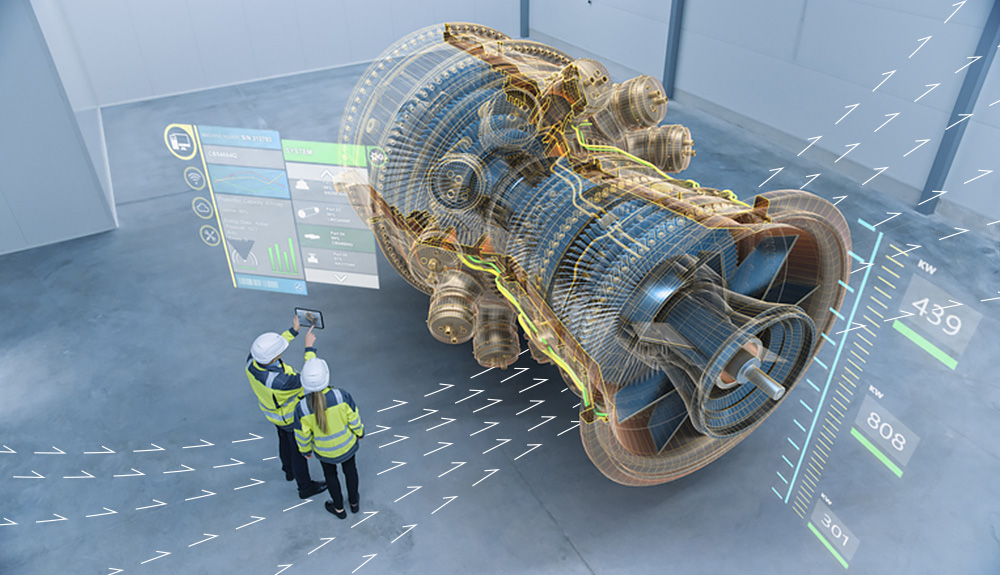
Business transformation often implies using elements of digital transformation, leveraging modern infrastructure, from cloud adoption to enterprise and micro-services, together with other technological advances. These can gradually be deployed across the enterprise digital estate as organizations thrive for smarter and leaner automation and integration when “transitioning to scalable and modern platforms”.
IT modernization goes beyond assessing and choosing new technical solutions; it consists of aligning and cascading business requirements, mapping organizational skills, planning readiness criteria and transition governance to ensure successful migration and adoption; from cloud strategy, architecture, service design, new payload analysis, cutover planning and execution.
This continues through infrastructure managed services with ongoing enterprise governance and technical management based on 3DEXPERIENCE data authoring and consumption.
Leveraging scalable and flexible cloud-based infrastructure, in a cost-effective manner across multiple resources: compute, storage, network, APIs, etc
Driving robust infrastructure change processes and associated risk mitigations
Enabling solution sizing and architecting to specific 3DEXPERIENCE capabilities and data migration requirements
Supporting data flow requirements between 3DEXPERIENCE and legacy platforms
Defining technical infrastructure elements aligned with PLM roadmap and business change readiness
Keeping current with new technologies implies ongoing modernization and integration with enterprise legacy platforms, leveraging cloud deployment strategies, and hybrid-cloud integration; planning beyond the hype and taking a cost-effective approach
Driving Dassault Systèmes SaaS adoption require a throughout assessment of short- versus long-term perspectives: from scalability, flexibility, cost, skills, security, licensing requirements to other considerations to make the business model work
Assessing the application and associated infrastructure landscape of an organization, from legacy architecture to future changes to align with business imperatives and maturity; understanding the legacy and the art-of-the-possible
Building data connections and technical bridges between enterprise platforms, whether they are hosted on-premise or in a private or public cloud, understanding how these services are managed and the ability to personalize and integrate them
Managing infrastructure as a service for 3DEXPERIENCE requires a strong understanding of the application architecture, how data is constructed and managed under the hood, how enterprise interfaces operate
Driving enterprise transformation implies decommissioning dated or redundant application over time; planning and implementing tools to archive and restore legacy data that will not be migrated to the new solution, while remaining compliant
Automating integration of 3DEXPERIENCE data with other enterprise platforms, across the PLM-ERP-MES stack; leveraging service-oriented architecture, consistent and modern middleware solutions
Administrating 3DEXPERIENCE, from user access management post on and off-boarding, performance and stability monitoring, load balancing and technical risk mitigation using off-the-shelve and tailored recovery solutions
Concurrently administrating multiple 3DEXPERIENCE environments, from development, QA, training to production environments; ensuring that all aspects of the solution and the data it manages are securely backed-up and recoverable